Kengo Kuma’s Hans Christian Andersen’s House mixes nature and fairytale architecture
Odense's Hans Christian Andersen’s House by Kengo Kuma opens its doors in Denmark, inviting the public to explore nature and fairytales
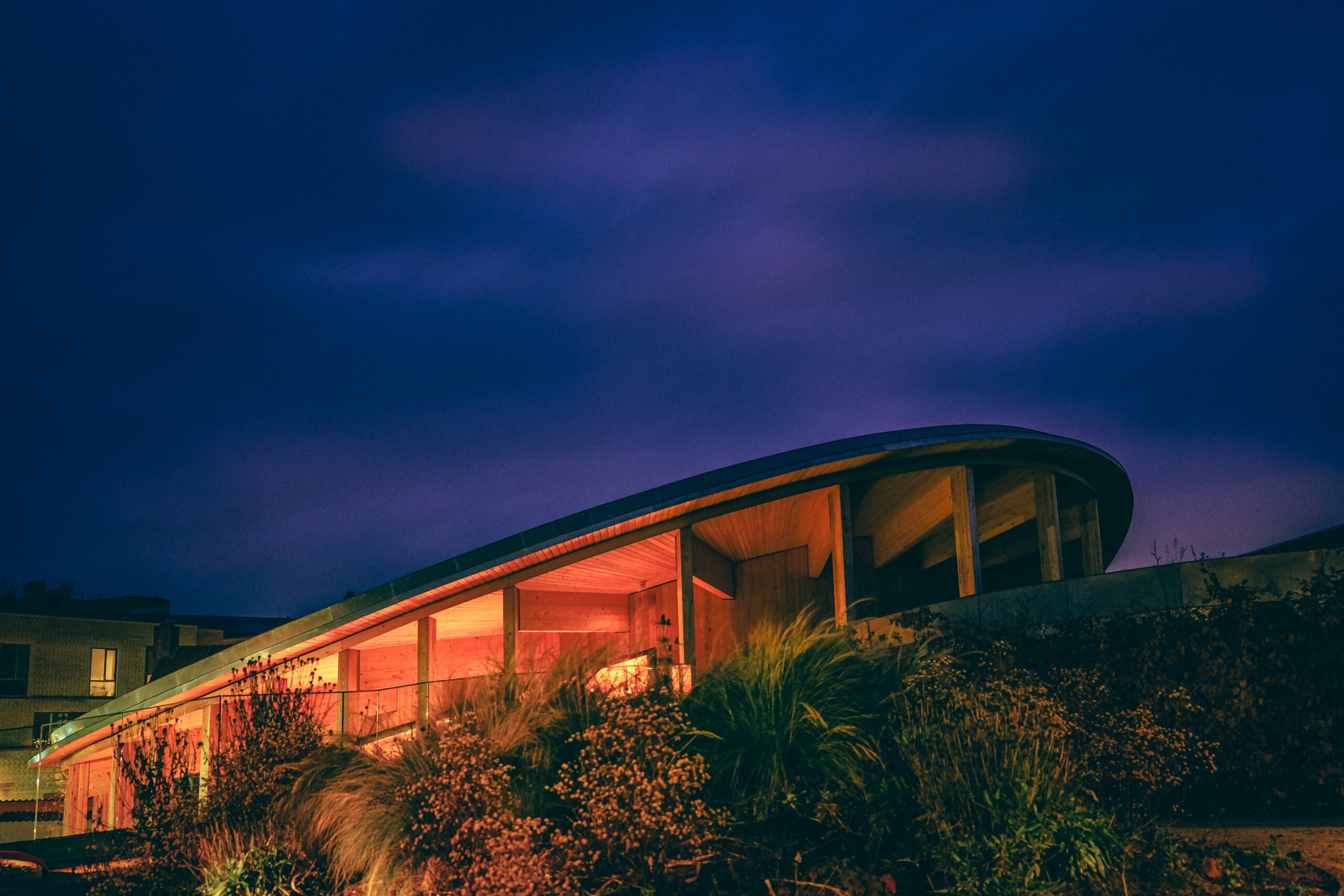
Engulfed in greenery, featuring softly rounded, timber structures that peek elegantly among the foliage, the new Hans Christian Andersen’s House is now open in Denmark. Situated in Odense and designed by Japanese architecture master Kengo Kuma, the major cultural destination promises a home for the world of the great children's author to unfold. The new museum combines a take on fairytale architecture, wood design and sustainability, taking visitors on a journey through nature and fantasy.
The project draws inspiration from Andersen’s well-known fairytale The Tinderbox, in which a tree reveals an underground world. Covering some 5,600 sq m, the museum is laid out across various levels – the largest parts of which are underground – and aims to create an ‘enchanting children’s universe’. Kuma's elegant, nature-inspired, sustainable architecture is complemented by lush gardens by landscape architects MASU Planning. The result is a naturalistic, rich environment that is more wild nature than manicured, architectural garden. At the same time, inside, state-of-the-art technologies help imaginations run wild, with installations by exhibition designers Event bringing Andersen’s magical universe to life.
Kengo Kuma weaves fairytale architecture at Hans Christian Andersen’s House
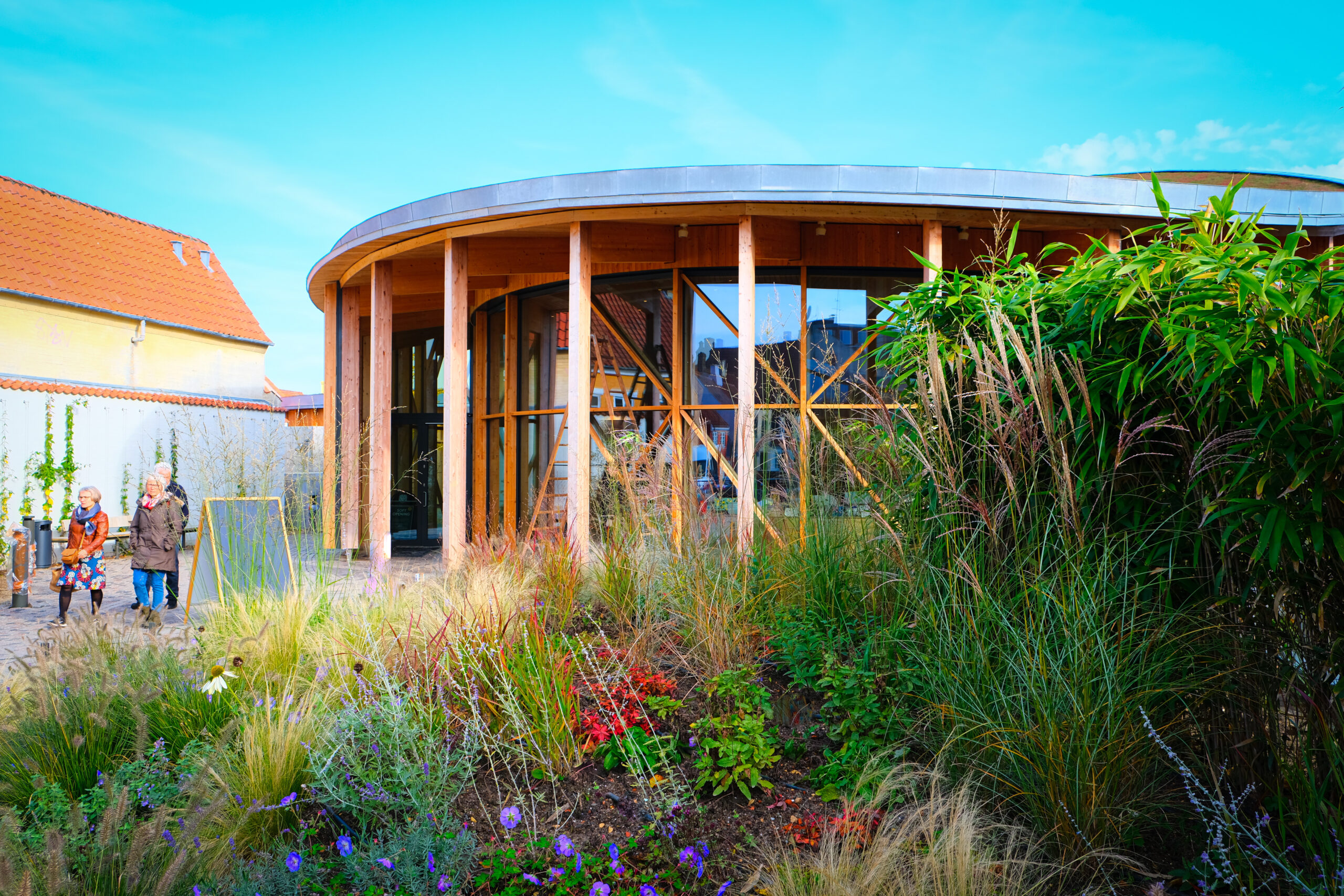
‘Andersen shows us that our world is deeper and richer than what we notice at first glance as we look around. He offers us a chance to spellbind the world anew. With the new museum, our starting point will be the fairytales that people know – but we will let the fairytales speak in a way that people have not experienced before,' says the museum's Henrik Lübker.
A 110m-long ramp takes the visitor through the museum, across different halls and experiences linked to Andersen’s stories and life. A round, tall-ceilinged dining hall, and a dedicated education and learning centre for children, complete the experience, through Kuma's confident, yet sensitive architecture. The work celebrates nature and timber, and directs the eye to the green views out through large, wrap-around windows.
‘There are profound messages in Hans Christian Andersen’s writing that reflect the author’s life and his lifetime journey,' Kuma says. 'Andersen’s work projects the duality of the opposite that surrounds us; real and imaginary, nature and manmade, human and animal, light and darkness. Our aim is to reflect this essence of his work in architectural and landscape form.' He continues: 'The idea behind the architectural design resembled Andersen’s method, where a small world suddenly expands to a bigger universe. In this universe, there is no hierarchical order, no frontage and no defined direction. We multiplied this concept and created a museum assembled by a sequence of disjointed experiences.'
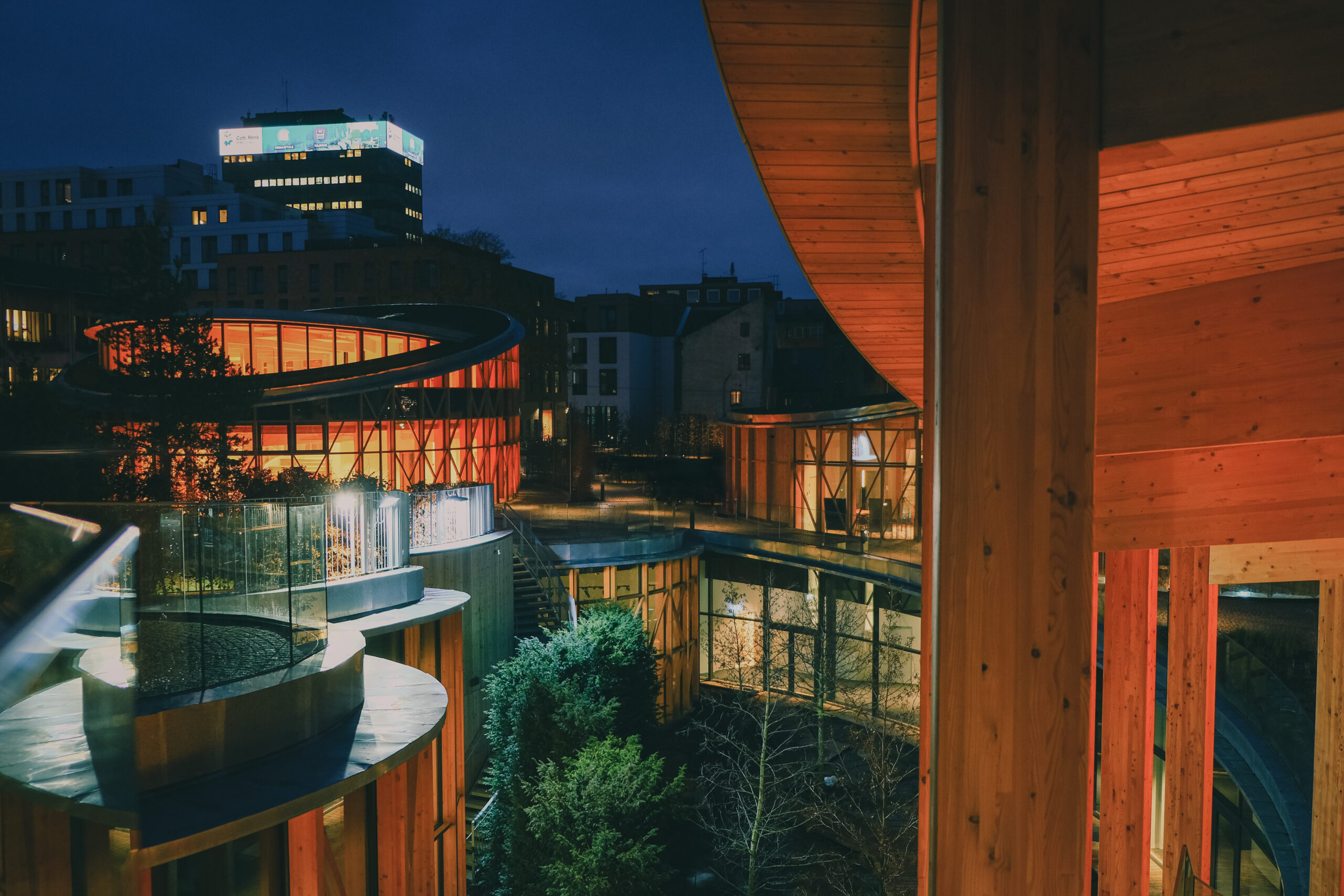
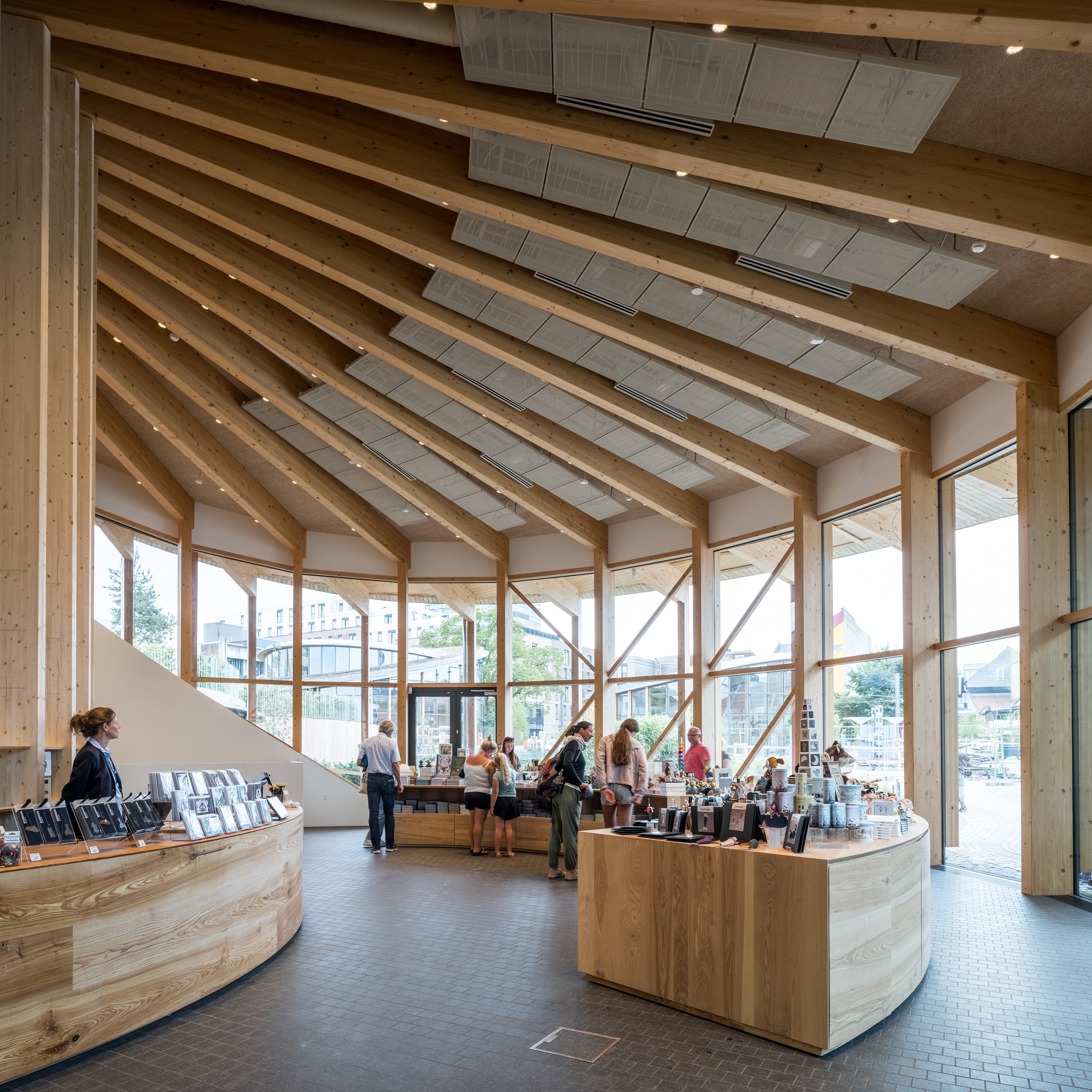
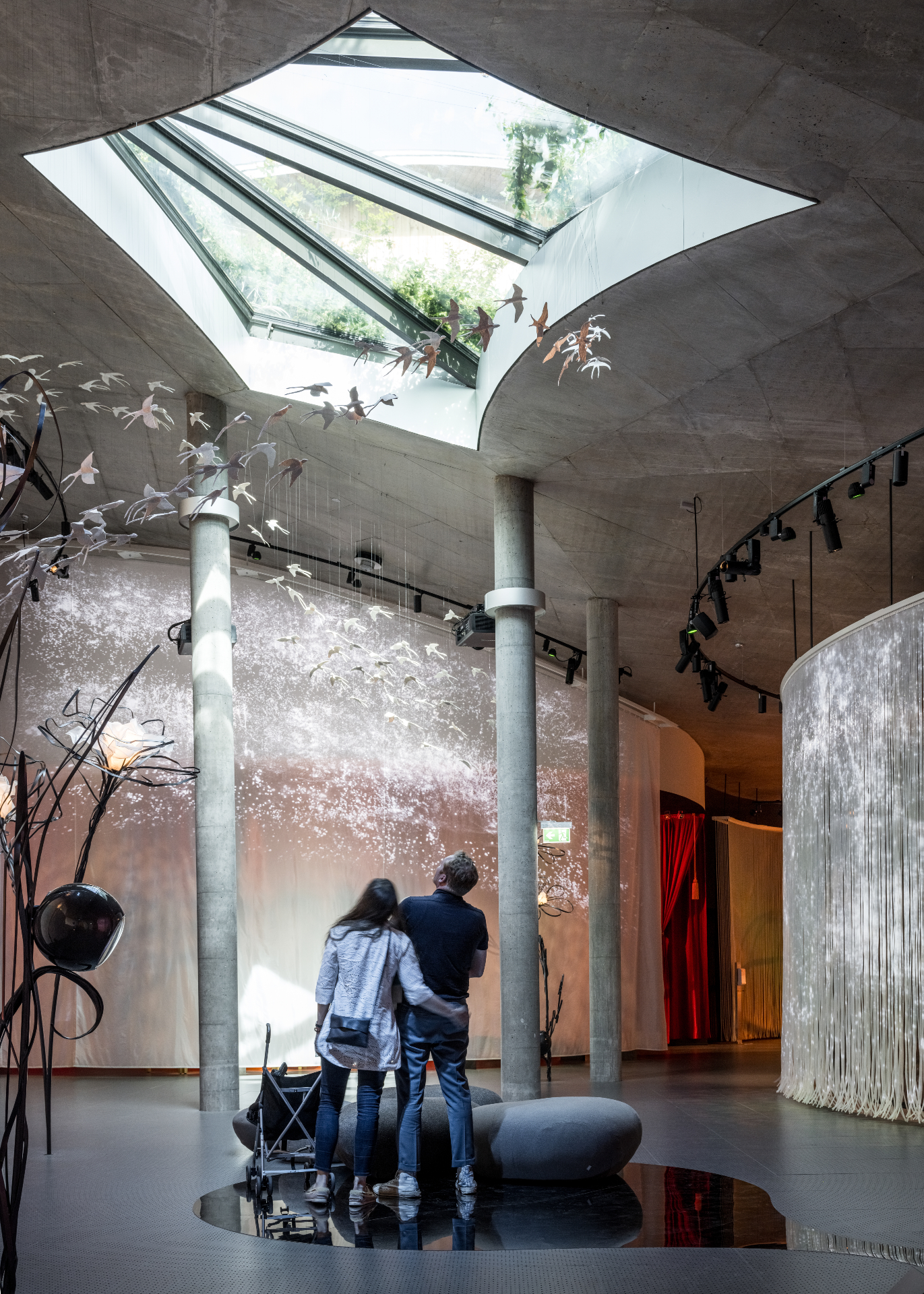
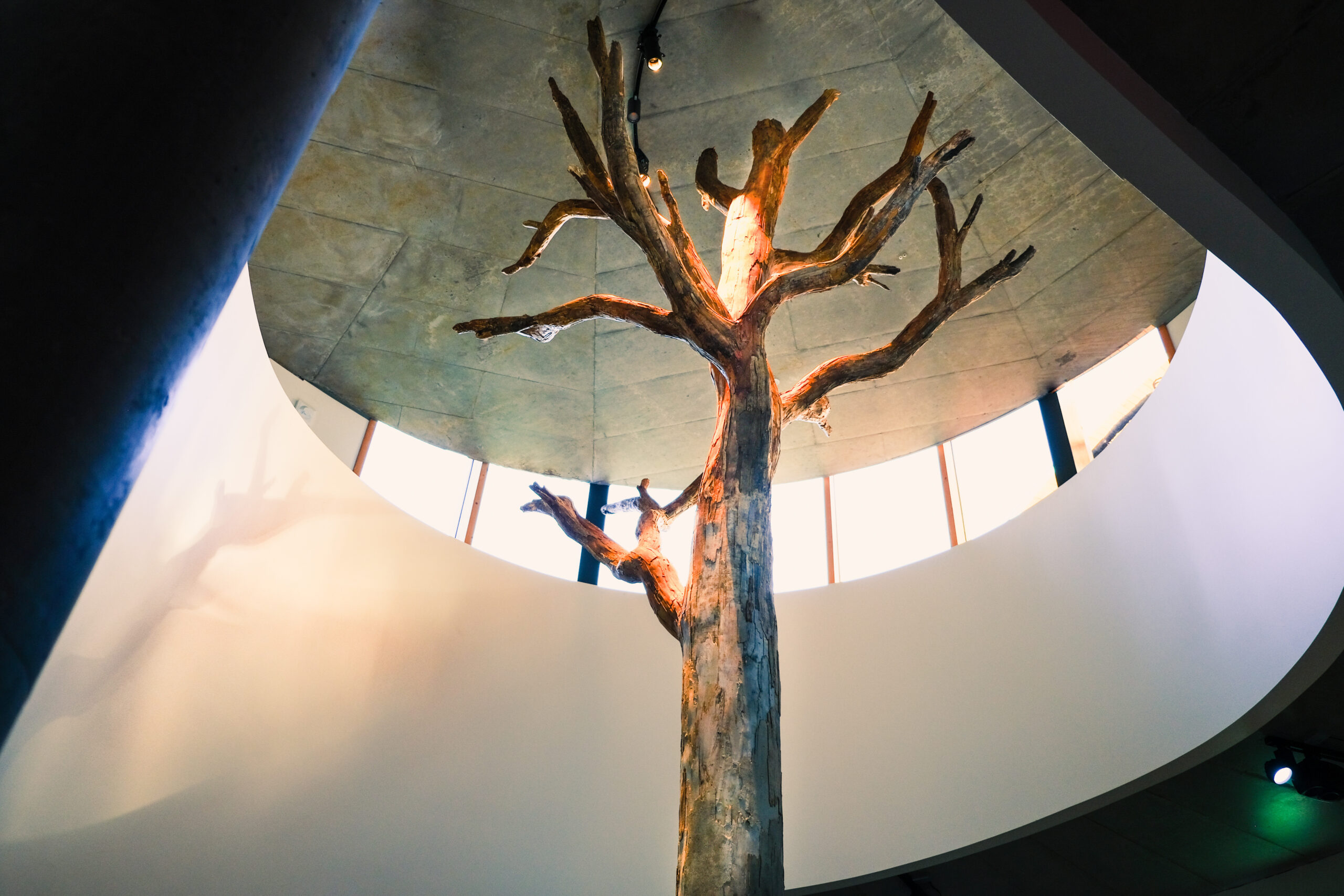
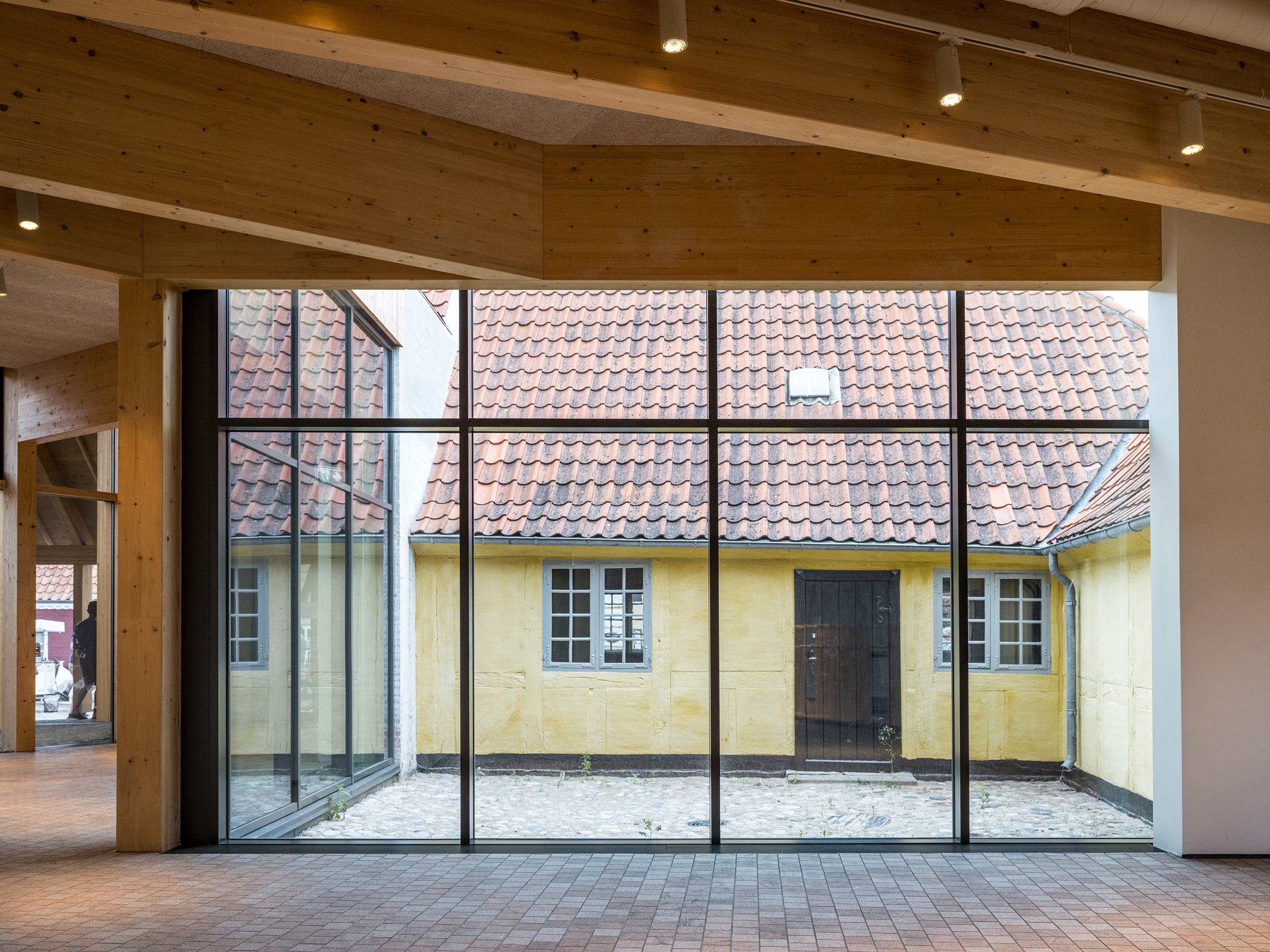
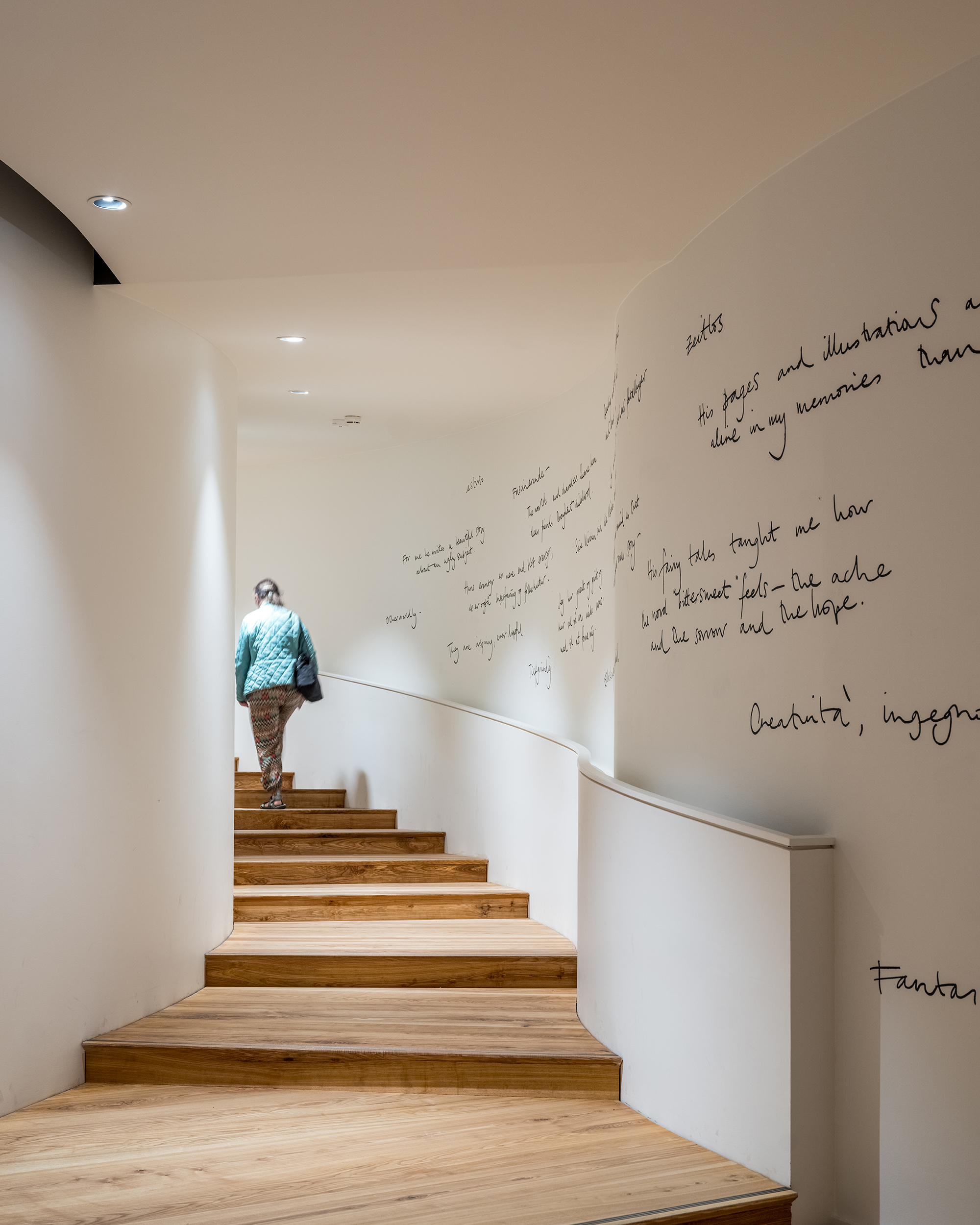
INFORMATION
Receive our daily digest of inspiration, escapism and design stories from around the world direct to your inbox.
Ellie Stathaki is the Architecture & Environment Director at Wallpaper*. She trained as an architect at the Aristotle University of Thessaloniki in Greece and studied architectural history at the Bartlett in London. Now an established journalist, she has been a member of the Wallpaper* team since 2006, visiting buildings across the globe and interviewing leading architects such as Tadao Ando and Rem Koolhaas. Ellie has also taken part in judging panels, moderated events, curated shows and contributed in books, such as The Contemporary House (Thames & Hudson, 2018), Glenn Sestig Architecture Diary (2020) and House London (2022).
-
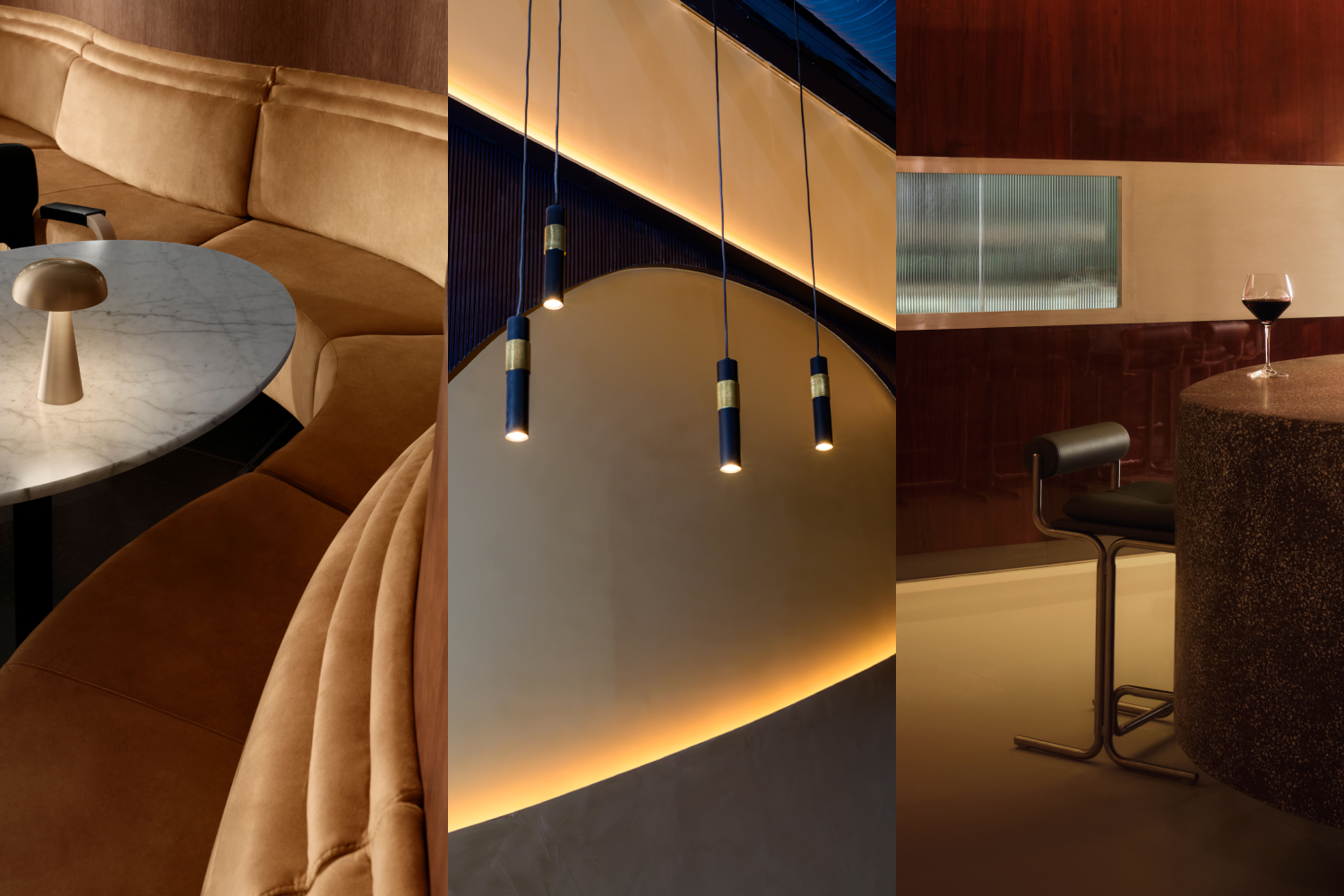 Form... and flavour? The best design-led restaurant debuts of 2025
Form... and flavour? The best design-led restaurant debuts of 2025A Wallpaper* edit of the restaurant interiors that shaped how we ate, gathered and lingered this year
-
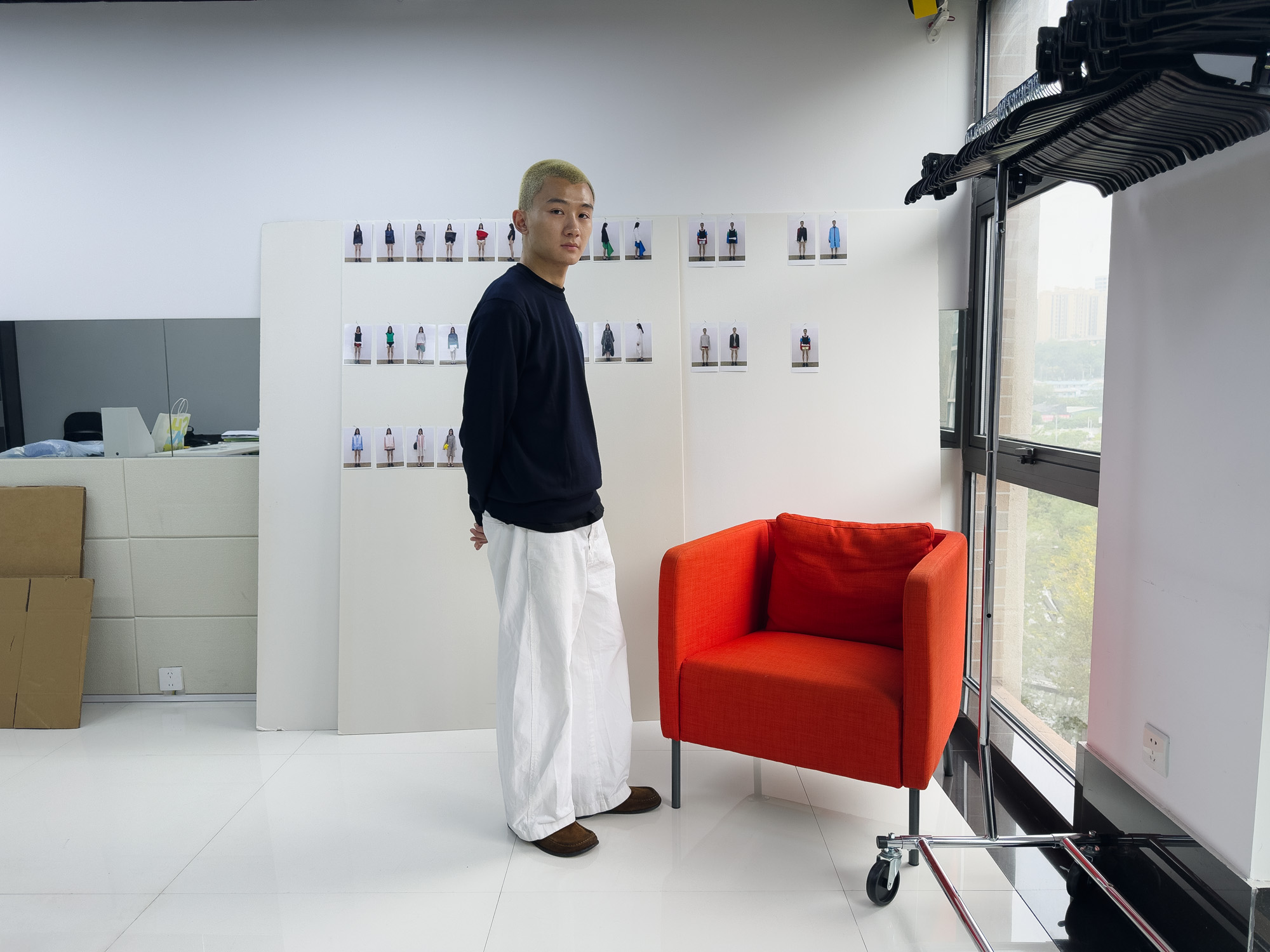 The rising style stars of 2026: Zane Li, fashion’s new minimalist
The rising style stars of 2026: Zane Li, fashion’s new minimalistAs part of the January 2026 Next Generation issue of Wallpaper*, we meet fashion’s next generation. First up, Zane Li, whose New York-based label LII is marrying minimalism with architectural construction and a vivid use of colour
-
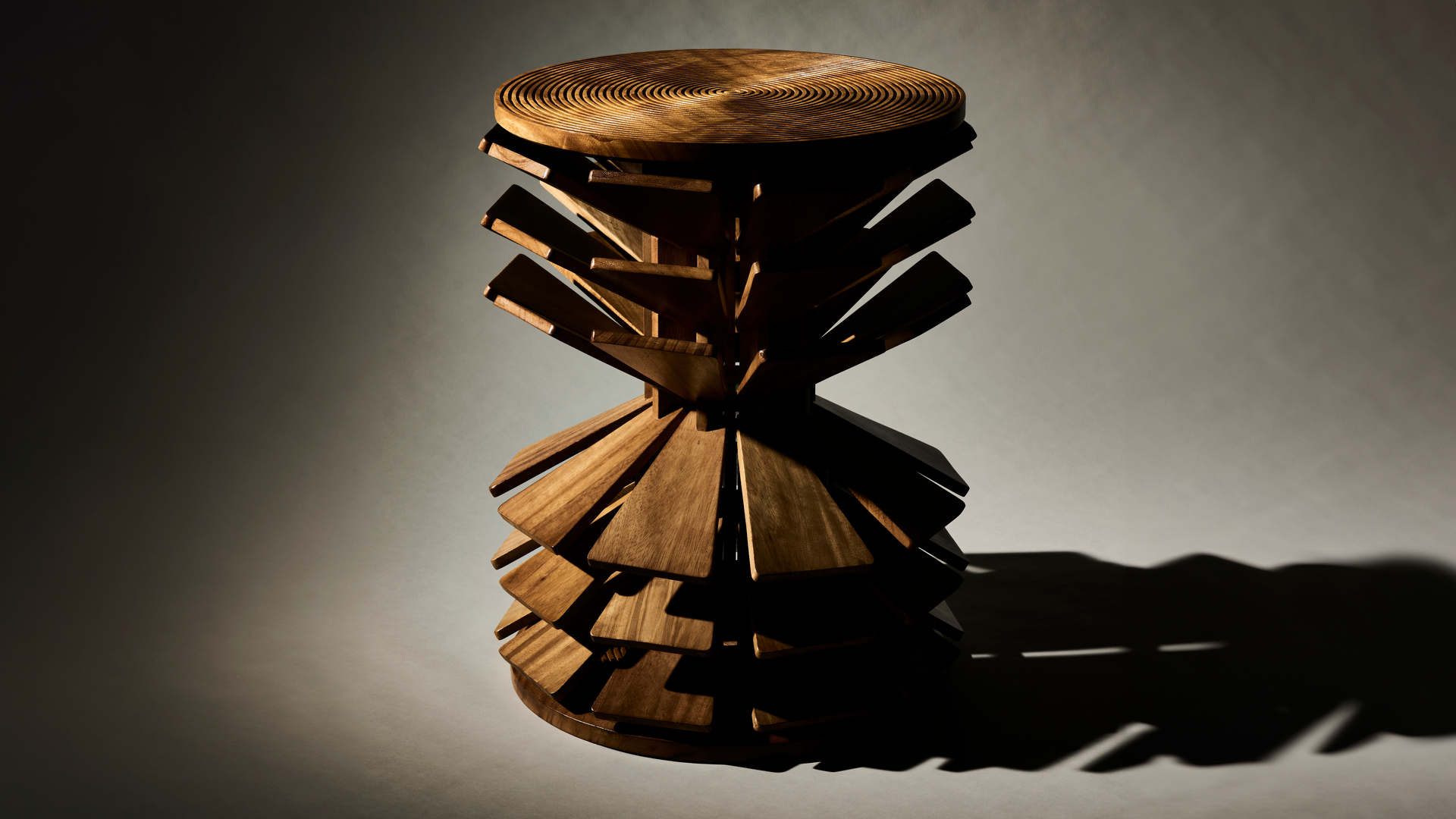 The work of Salù Iwadi Studio reclaims African perspectives with a global outlook
The work of Salù Iwadi Studio reclaims African perspectives with a global outlookWallpaper* Future Icons: based between Lagos and Dakar, Toluwalase Rufai and Sandia Nassila of Salù Iwadi Studio are inspired by the improvisational nature of African contemporary design
-
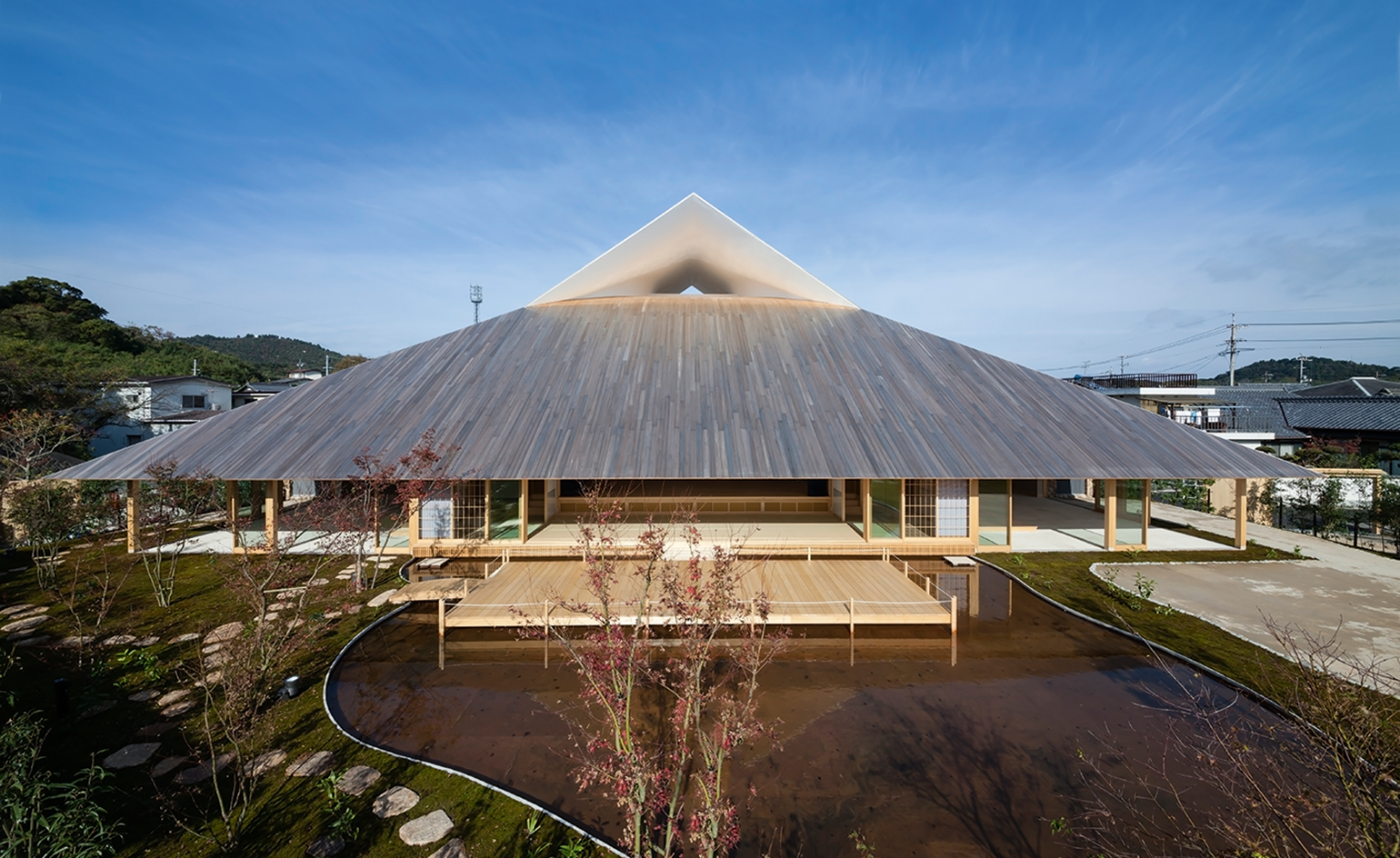 Take a tour of the 'architectural kingdom' of Japan
Take a tour of the 'architectural kingdom' of JapanJapan's Seto Inland Sea offers some of the finest architecture in the country – we tour its rich selection of contemporary buildings by some of the industry's biggest names
-
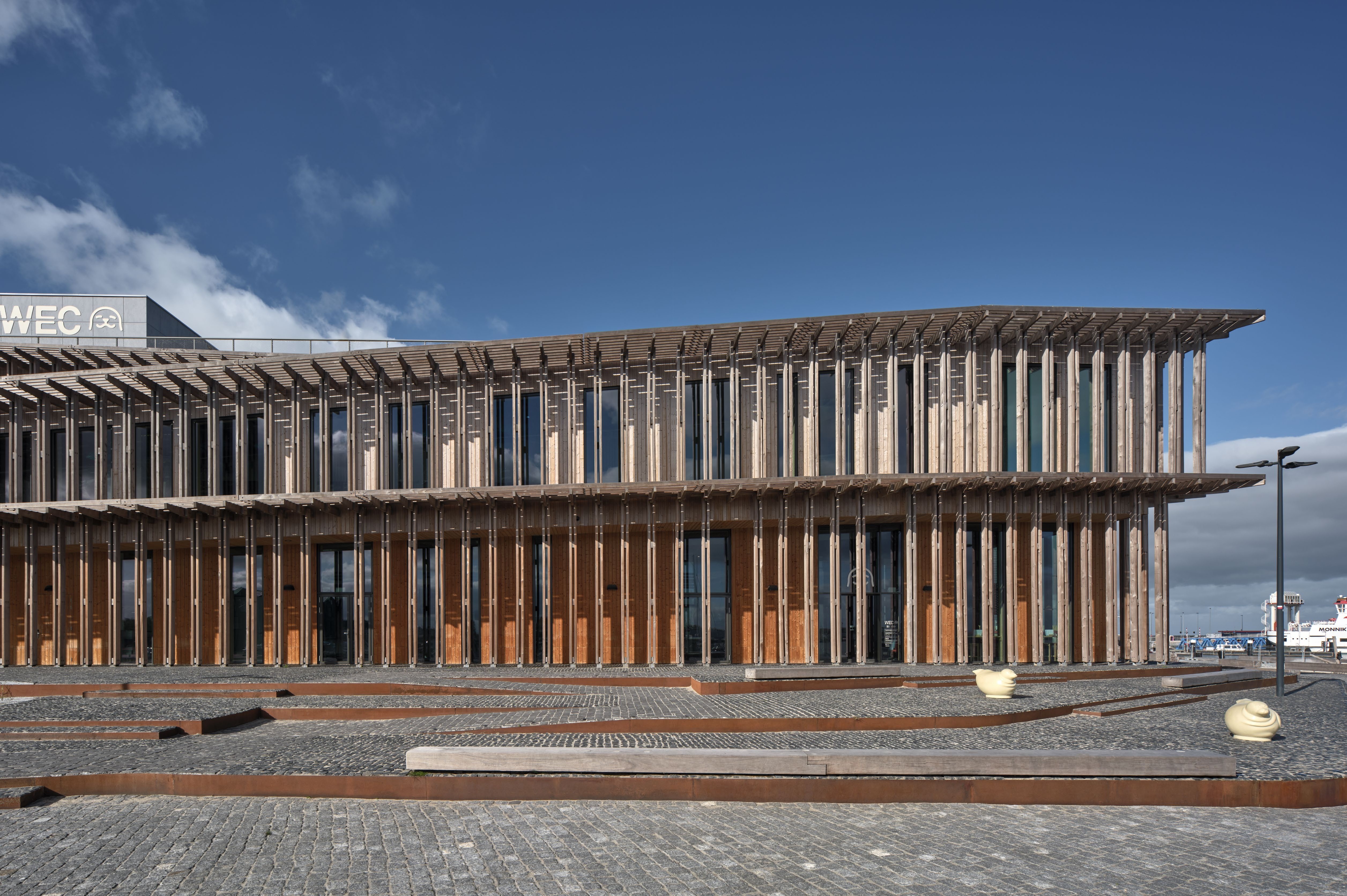 A Dutch visitor centre echoes the ‘rising and turning’ of the Wadden Sea
A Dutch visitor centre echoes the ‘rising and turning’ of the Wadden SeaThe second instalment in Dorte Mandrup’s Wadden Sea trilogy, this visitor centre and scientific hub draws inspiration from the endless cycle of the tide
-
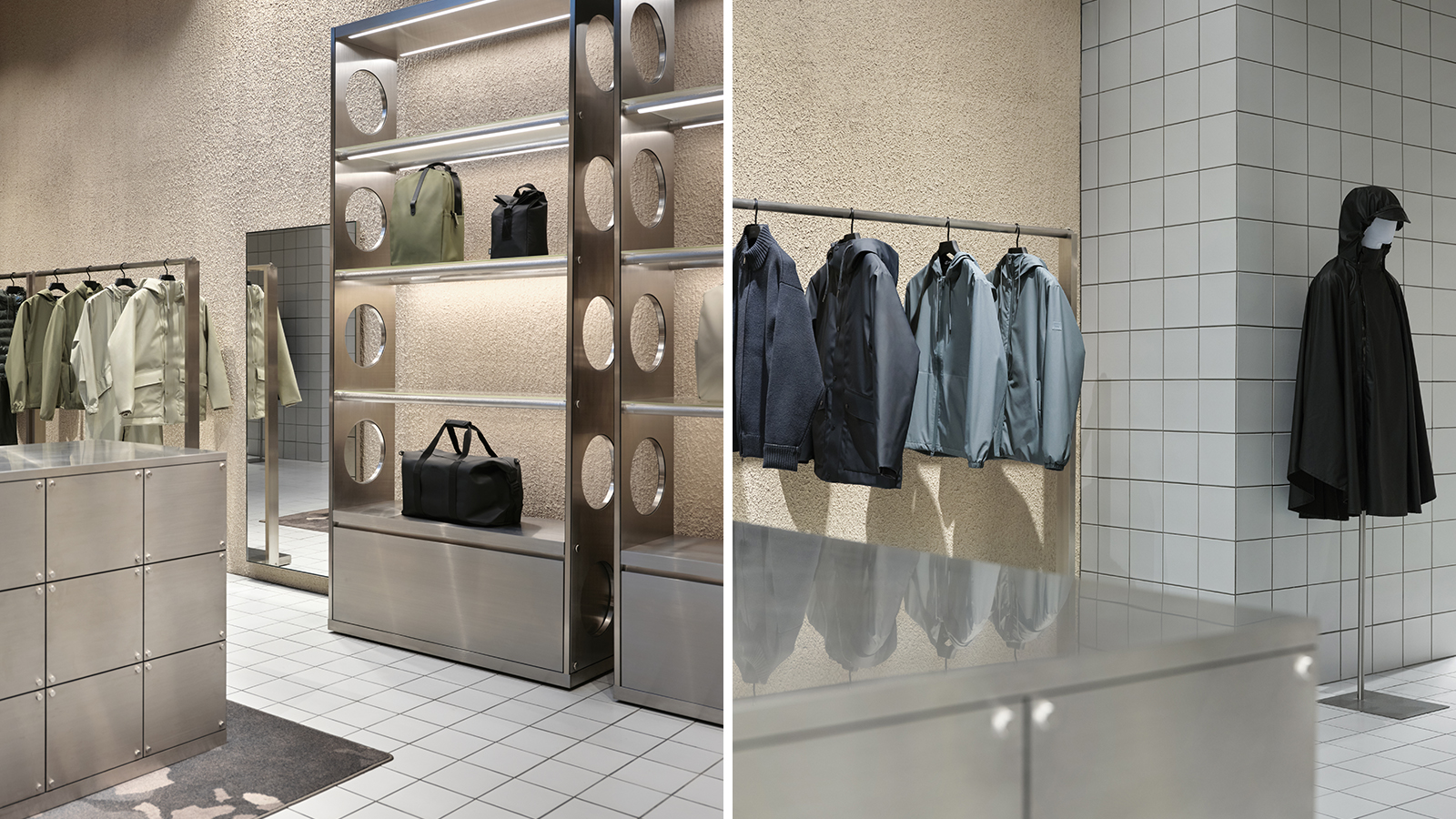 Rains Amsterdam is slick and cocooning – a ‘store of the future’
Rains Amsterdam is slick and cocooning – a ‘store of the future’Danish lifestyle brand Rains opens its first Amsterdam flagship, marking its refined approach with a fresh flagship interior designed by Stamuli
-
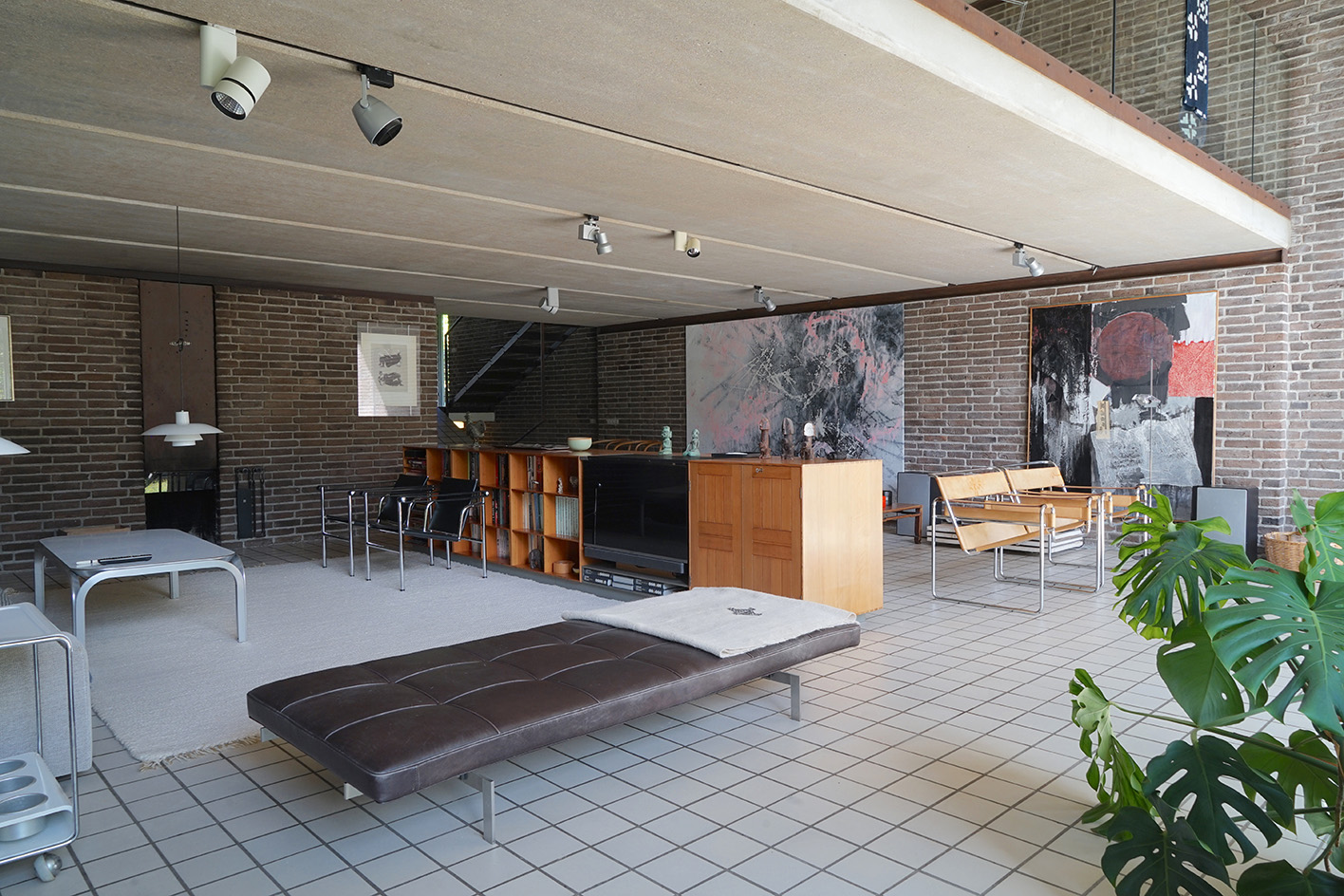 Three lesser-known Danish modernist houses track the country’s 20th-century architecture
Three lesser-known Danish modernist houses track the country’s 20th-century architectureWe visit three Danish modernist houses with writer, curator and architecture historian Adam Štěch, a delve into lower-profile examples of the country’s rich 20th-century legacy
-
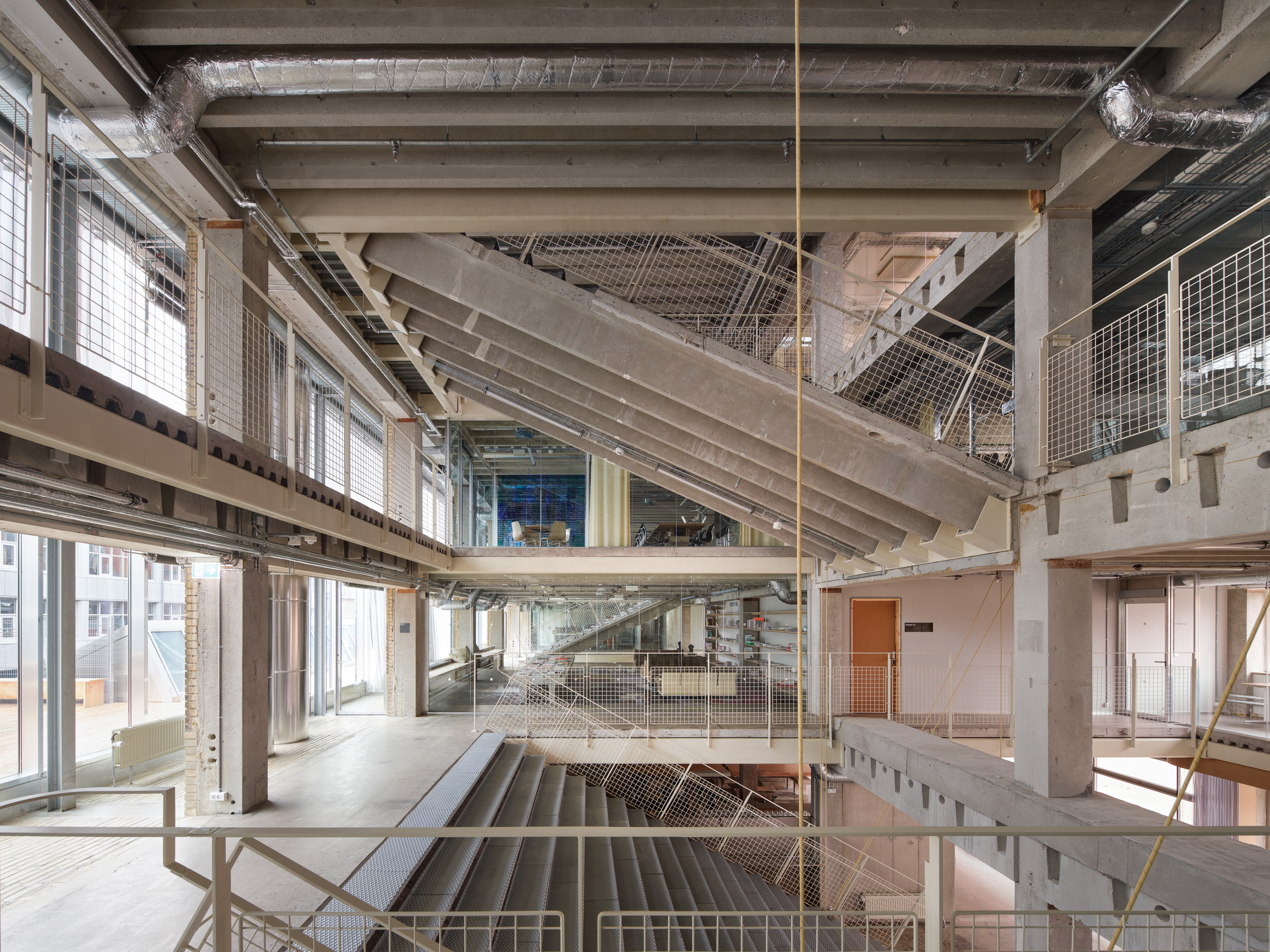 Is slowing down the answer to our ecological challenges? Copenhagen Architecture Biennial 2025 thinks so
Is slowing down the answer to our ecological challenges? Copenhagen Architecture Biennial 2025 thinks soCopenhagen’s inaugural Architecture Biennial, themed 'Slow Down', is open to visitors, discussing the world's ‘Great Acceleration’
-
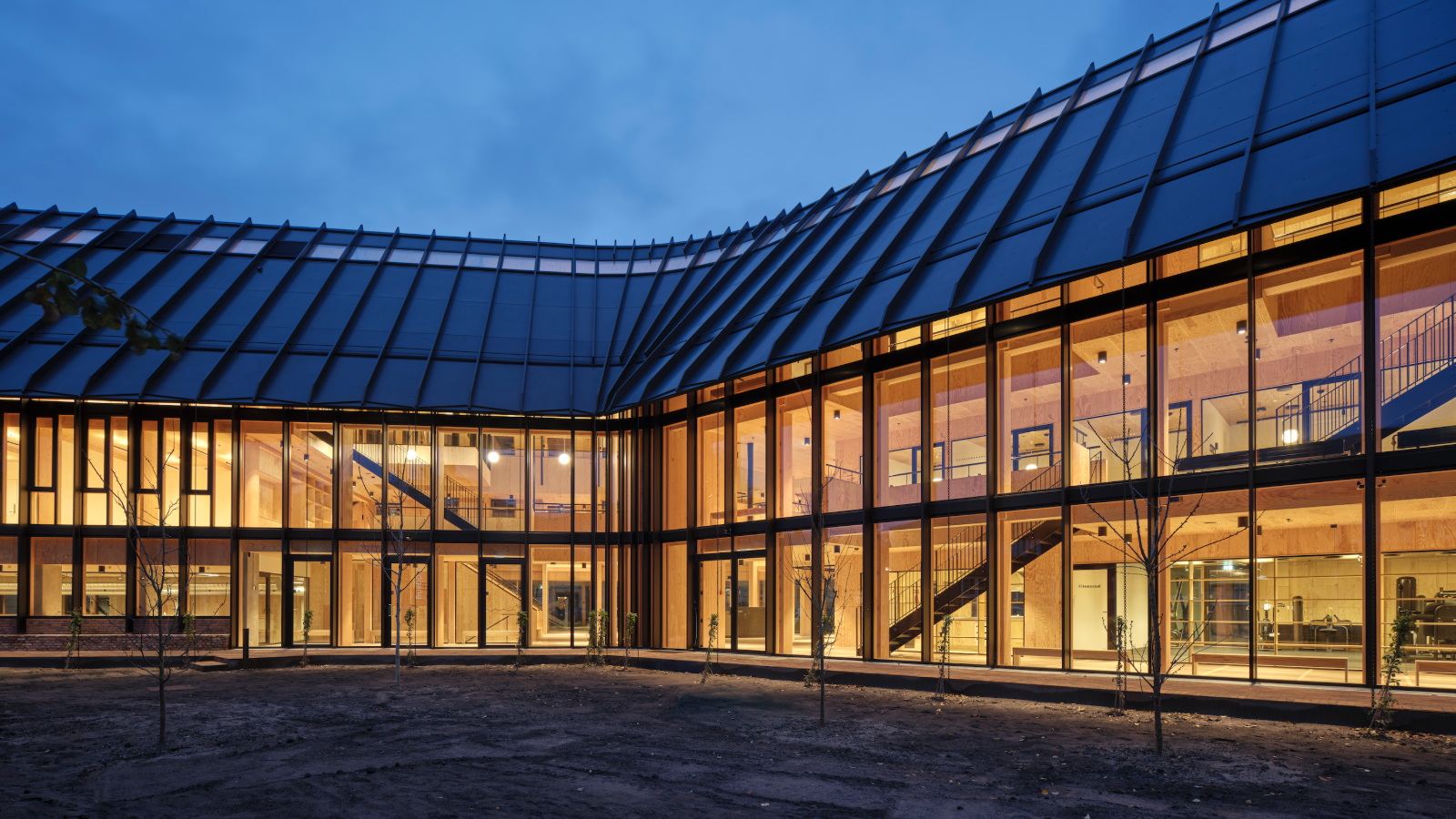 This cathedral-like health centre in Copenhagen aims to boost wellbeing, empowering its users
This cathedral-like health centre in Copenhagen aims to boost wellbeing, empowering its usersDanish studio Dorte Mandrup's new Centre for Health in Copenhagen is a new phase in the evolution of Dem Gamles By, a historic care-focused district
-
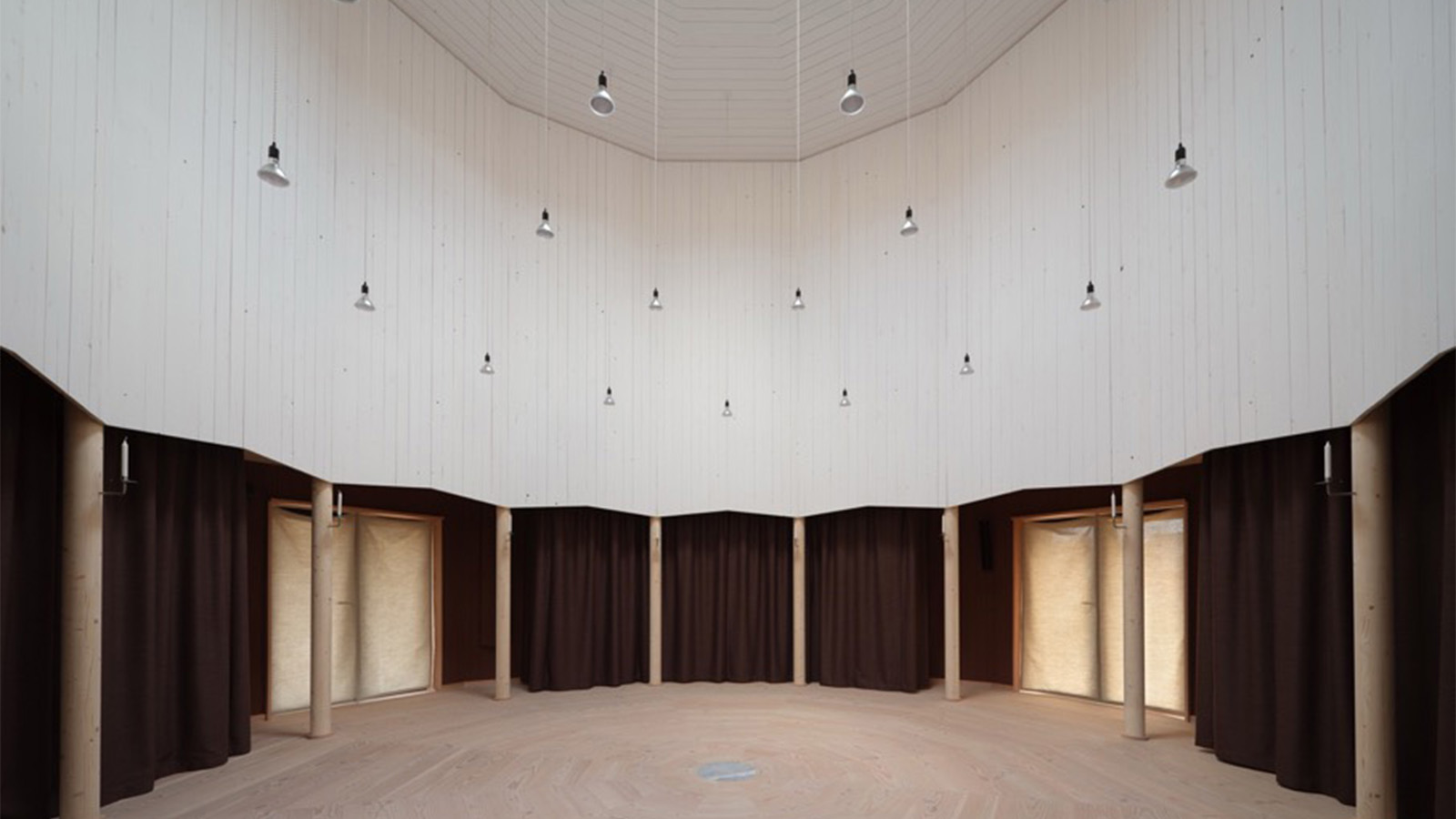 This tiny church in Denmark is a fresh take on sacred space
This tiny church in Denmark is a fresh take on sacred spaceTiny Church Tolvkanten by Julius Nielsen and Dinesen unifies tradition with modernity in its raw and simple design, demonstrating how the church can remain relevant today
-
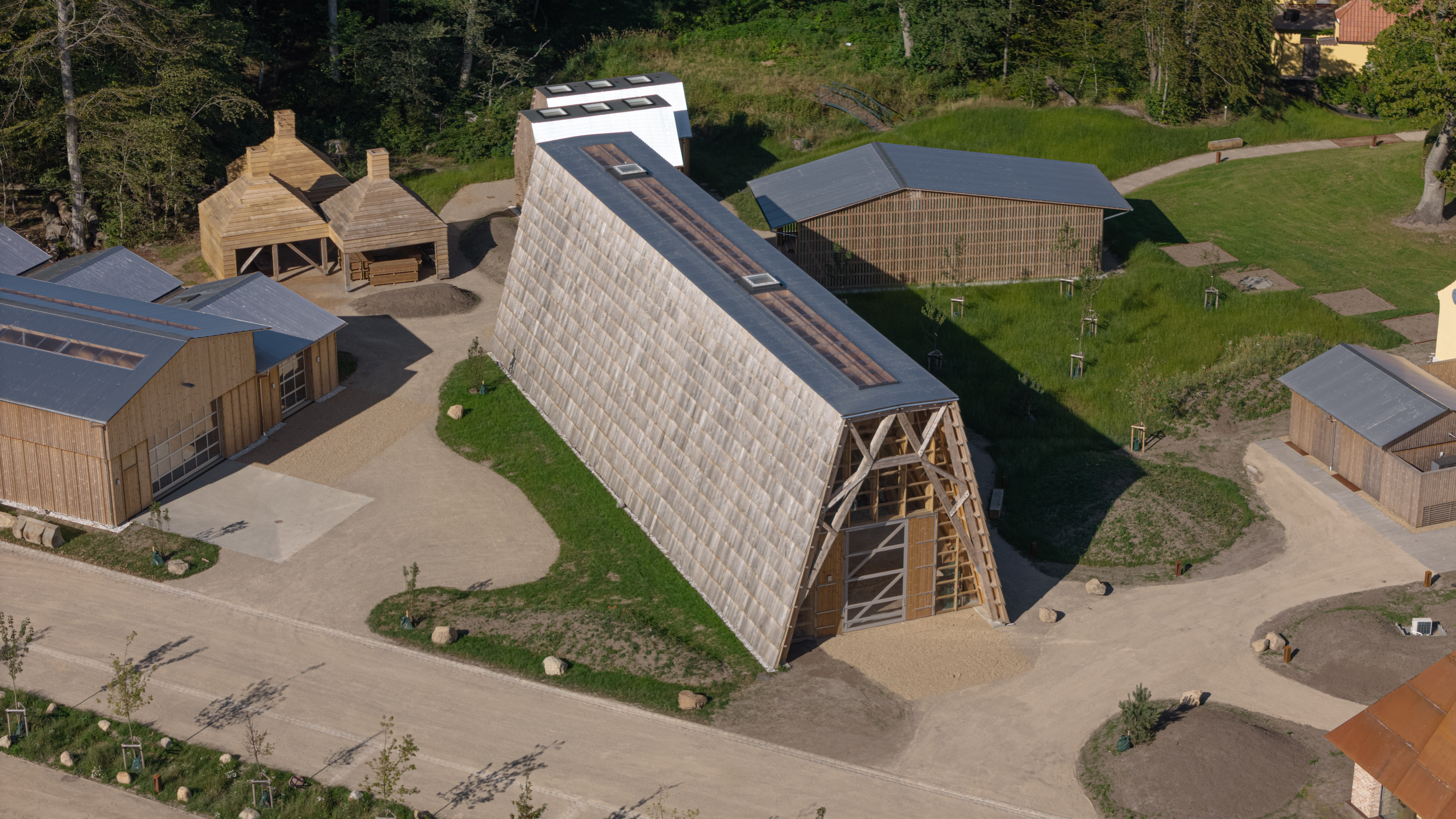 ‘Stone, timber, silence, wind’: welcome to SMK Thy, the National Gallery of Denmark expansion
‘Stone, timber, silence, wind’: welcome to SMK Thy, the National Gallery of Denmark expansionA new branch of SMK, the National Gallery of Denmark, opens in a tiny hamlet in the northern part of Jutland; welcome to architecture studio Reiulf Ramstad's masterful redesign of a neglected complex of agricultural buildings into a world-class – and beautifully local – art hub